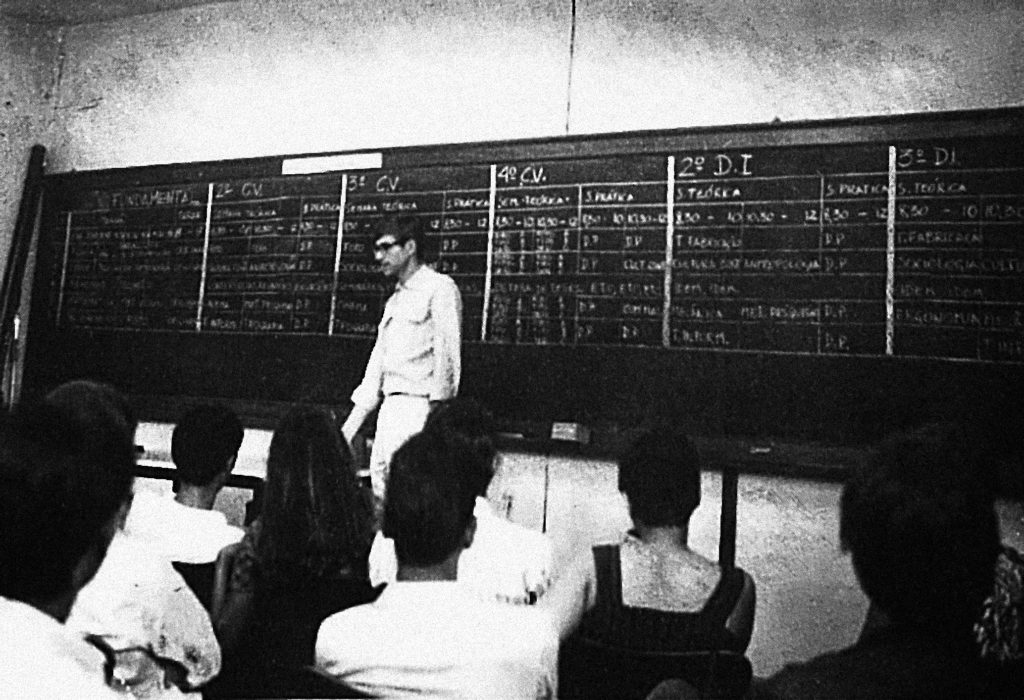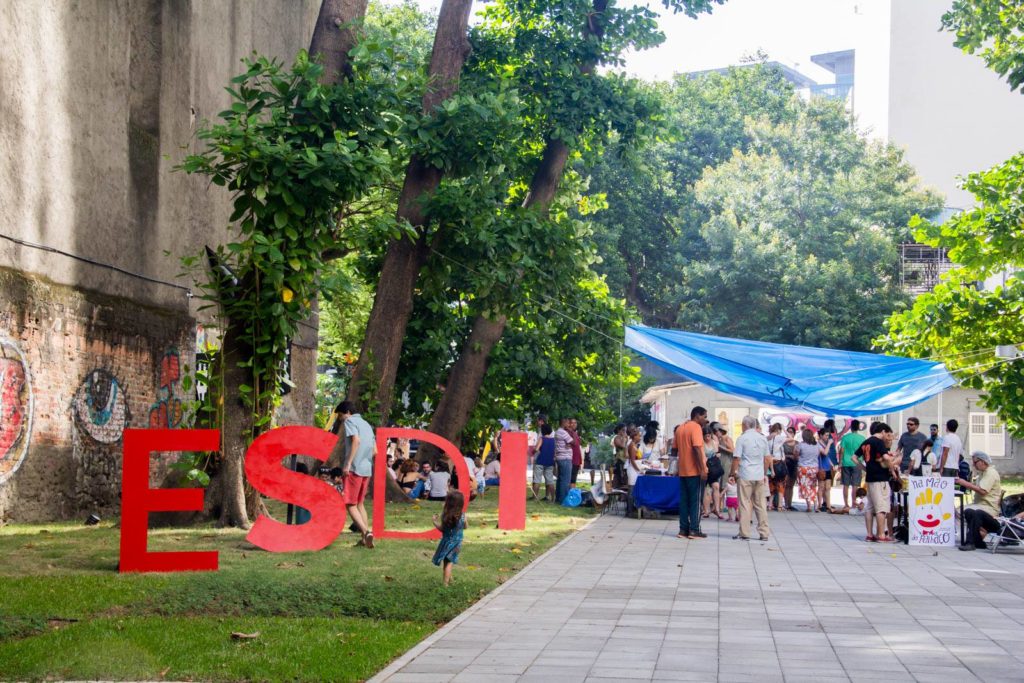Throughout its history, the school founded in Rio de Janeiro in 1962 was shaped by the charged relationship between two different notions of design. First, as a scientific practice, propagated first and foremost at HfG Ulm, and second, as influenced by a pervasive interest in forms of knowledge other than functionalism, combined with a focus on local cultural practices.
The school was the result of plans for the development of an educational institution associated with the Museum of Modern Art (MAM), in Rio de Janeiro. Initially part of the formation of the Escola Técnica de Criação (ETC, Technical School of Design), this project was conceived in close collaboration between the director of the MAM, Niomar Muniz Sodré, and Max Bill, founding director of the HfG-Ulm School of Design, and his successor, Tomás Maldonado. The project also received great support from the Government of the State of Rio de Janeiro, interested in stimulating the formation of professionals who could contribute to the growth of Brazilian industry. In 1960, Brazilian graphic designer Alexandre Wollner and German product designer Karl-Heinz Bergmiller, both graduates of HfG Ulm, were invited to continue developing the project. Finally, in 1962, the school now known as the Escola Superior de Desenho Industrial (ESDI, School of industrial design) was established and opened as a Government linked institution. Unlike the initial plans for the MAM building, the school was housed in a set of old buildings located in the historic center of Rio de Janeiro, where it is still located today.
ESDI was the first school in South America to offer a higher level course in industrial design. The school’s educational program was strongly influenced by a technical formalism adopted at Ulm, but also gave scope for a variety of independent approaches. Tutors such as graphic designer Aloisio Magalhães, painter Renina Katz and poet Decio Pignatari developed their own approaches to Ulm’s legacy and thus provided the school with a specific Brazilian profile. This unique orientation may have allowed the school to successfully navigate the choppy waters between military dictatorship and a democratic agenda, especially under the auspices of long-term director Carmen Portinho. In 1970, the Brazilian Ministry of Education chose to base all design education courses in the country on ESDI’s educational program. In 1975, the school became part of the Universidade do Estado do Rio de Janeiro (UERJ, Rio de Janeiro State University).
In the face of harsh funding cuts from its sole maintainer, the Rio de Janeiro State Government, in 2016 faculty, staff, alumni and students formed a joint protest movement under the slogan “ESDI Aberta” (Open ESDI). The downtown campus was occupied and the usual teaching was replaced by a series of knowledge exchange experiences aimed at keeping the school active and open. In 2018, with the normalization of the university’ s operating budget payments, the school resumed its regular academic activities.


